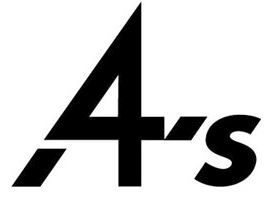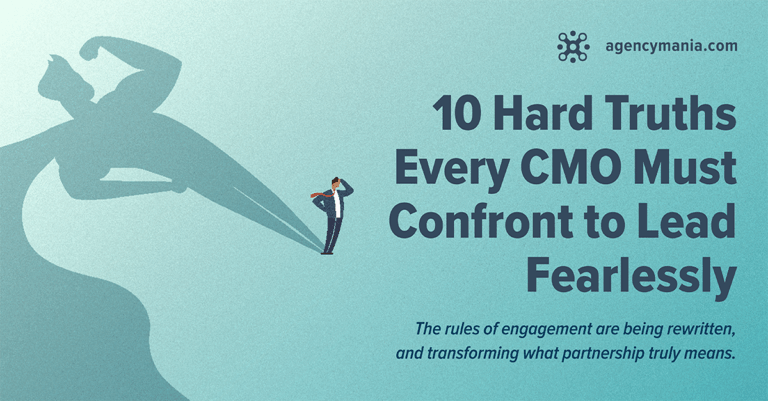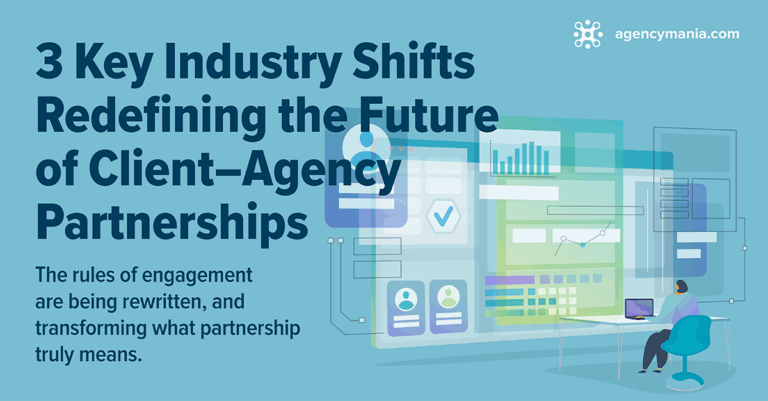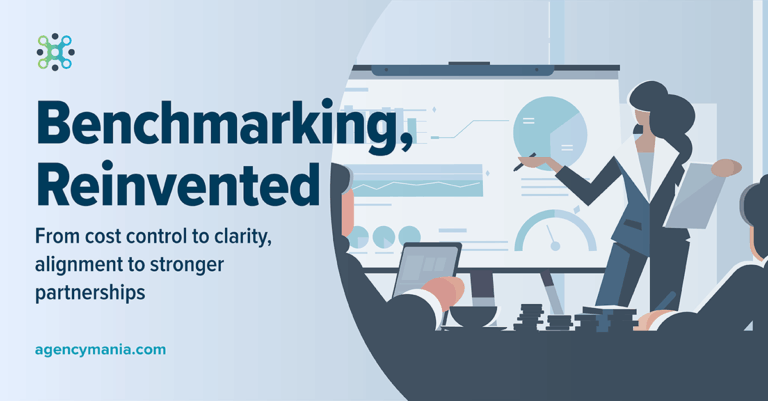Fixing Before Replacing:
The typical US marriage that ends in divorce lasts an average of just seven years, according to government data. Psychology Today refers to it as the seven-year itch. It’s not symptomatic of the US only. This is a worldwide phenomenon. We know that our instant gratification culture has much to do with it. Are we becoming increasingly lazy and impatient? You bet. Are we lacking the skills and drive to fix issues before they seem to be insurmountable? Absolutely. Is this trend impacting business relationships as well? You guessed right: it absolutely is. It’s a reflection of our way of thinking and doing. It seems so much easier to toss what’s broken than fix it. In our consumerism cultural environment, replacing has never been easier and cheaper. So why bother troubleshooting and fixing what no longer seems to work well enough? Well, we will get to that in a second. When comparing personal and business relationships, I can already hear you saying, “Well, aren’t we comparing apples and oranges?” Fair enough. Let’s leave the apples alone and focus on the oranges.
Oranges, not apples. What makes business relationships unique?
It’s not entirely fair to transpose our predispositions and expectations about personal and business relationships and assume they have much in common. There are similarities – clear expectations, commitment level, need for proper and constant communication, mutual accountability, and so on. But there are unique differences in the way we manage these relationships – business relationships are logically grounded in more tangible and rational expectations and can be measured more objectively. The commitment is also limited, contractually, and the nature of the relationship is not only well defined, it’s also well documented. Past studies indicate that the average length of client/agency relationships is four years on the creative side and slightly longer (up to seven years) on the media side. Not unlike personal relationships, these relationships often evolve and are subject to the many individuals who govern them.
In client/agency relationships, often the relationship is not exclusive either. There are many agencies on the roster – either competing for the same work or collaborating with others to best serve the client. According to a MadHive/AdLedger report, the average number of vendors being used by brands is 28, and that number is expected to grow. I am not surprised. Some of our clients have hundreds of agencies on their worldwide rosters, ranging in size and capabilities. Complexity and natural selection (aka “survival of the fittest”) is therefore inevitable.
Tossing your broken relationships
When advertisers decide to toss a relationship, it’s assumed to be broken beyond repair. The effort required and the risk of staying in the relationship seem to outweigh the chances and benefits of fixing it. The longer the relationship, the more difficult the decision. Recent examples include PepsiCo’s Mountain Dew replacing longtime incumbent BBDO New York, which had worked with the brand for 46 years, and Allergan, which replaced incumbent GroupM’s MediaCom after 17 years. But there are many other examples of much shorter-lived relationships coming to an end: University of Phoenix tossed incumbent agency 180LA, Bacardi Limited-owned premium vodka brand, Grey Goose, tossed incumbent Omnicom’s BBDO. Travelocity tossed incumbent Interpublic Group of Cos.’ Campbell Ewald and Assembly after only four years. eBay tossed incumbent Publicis Media’s Blue 449 after just three years. Some relationships don’t even survive that long.
Assuming this is based on a sound, well informed decision, an advertiser would have used data to reach that conclusion or even have given the agency the opportunity to course-correct and address any documented issues. Unfortunately, many advertisers will skip the “performance plan” option and, in some extreme cases, make the decision to fire an agency based on subjective, anecdotal data. If the agency loses a client on those grounds, it’s fair to say that they are probably better off that way. Advertisers that do not have the rigor and will to manage their agency partnerships with a level of professionalism are not likely to be clients you want anyway.
When repairing makes far better business sense
To go back to our earlier metaphor, repairing vs. replacing presents some benefits. First, unless you know “why” something is broken, replacing it won’t keep it from breaking again. There is no learning opportunity when you simply replace something broken. Second, the reason something breaks may not always be about “them.” What I mean here is that “you” might be the reason why it broke in the first place. Conducting a diagnosis of the root cause may expose vulnerabilities and weaknesses that will perpetuate a certain behavior and outcome. Some advertisers decide to launch a review. For example, financial institution Barclays retained BBH London as its creative agency following a recent review. The brand and agency had worked together for over 17 years.
The counter argument to repairing is often the cost. It seems – at least at face value – cheaper to replace than to fix something. This is a reasonable argument. However, this argument doesn’t take into consideration the long-term hidden costs of the points made earlier. And it’s not guaranteed that issues the client failed to address with the agency in the prior relationship will not occur again in a new one. If you are NOT learning from underperforming relationships and applying these learnings to the way you manage your partnerships, you are incurring massive long-term costs – operationally and contractually. Evaluate your agency relationships regularly – once or twice a year – and use this information to strengthen the work and the relationships themselves. Consider your options carefully before replacing what may not be irrevocably broken.
By: Bruno Gralpois, Co-Founder & Principal, ANA Faculty
Download a print-friendly version here
Published on: August 22, 2019








